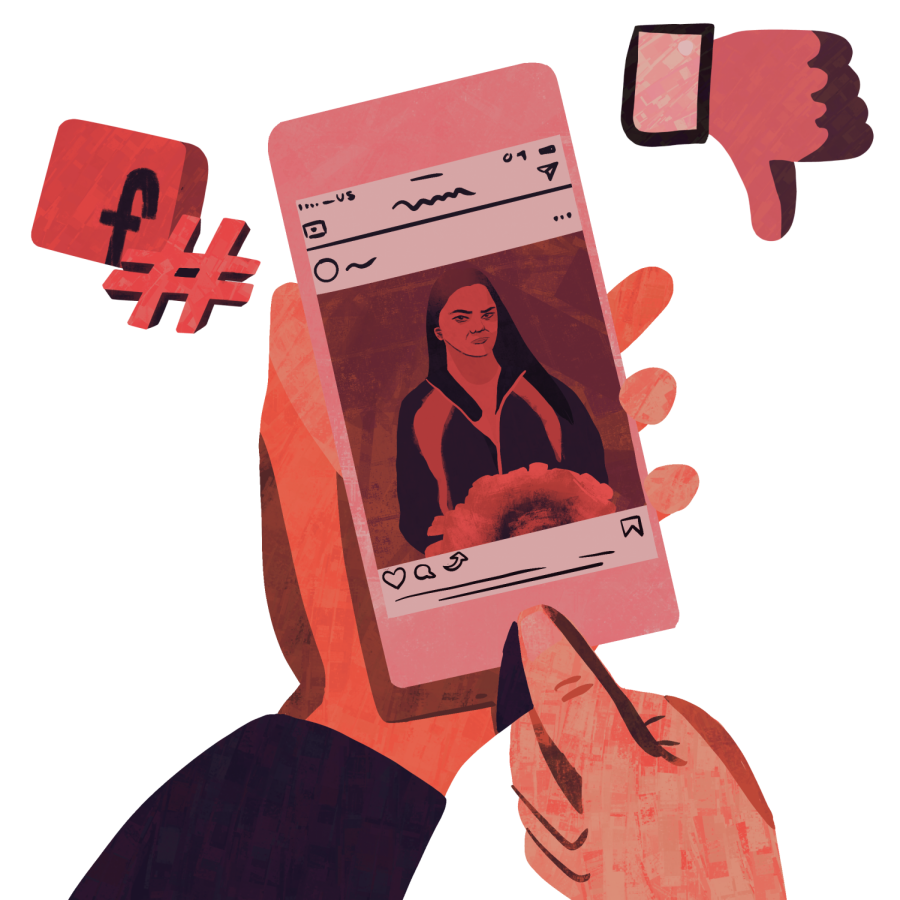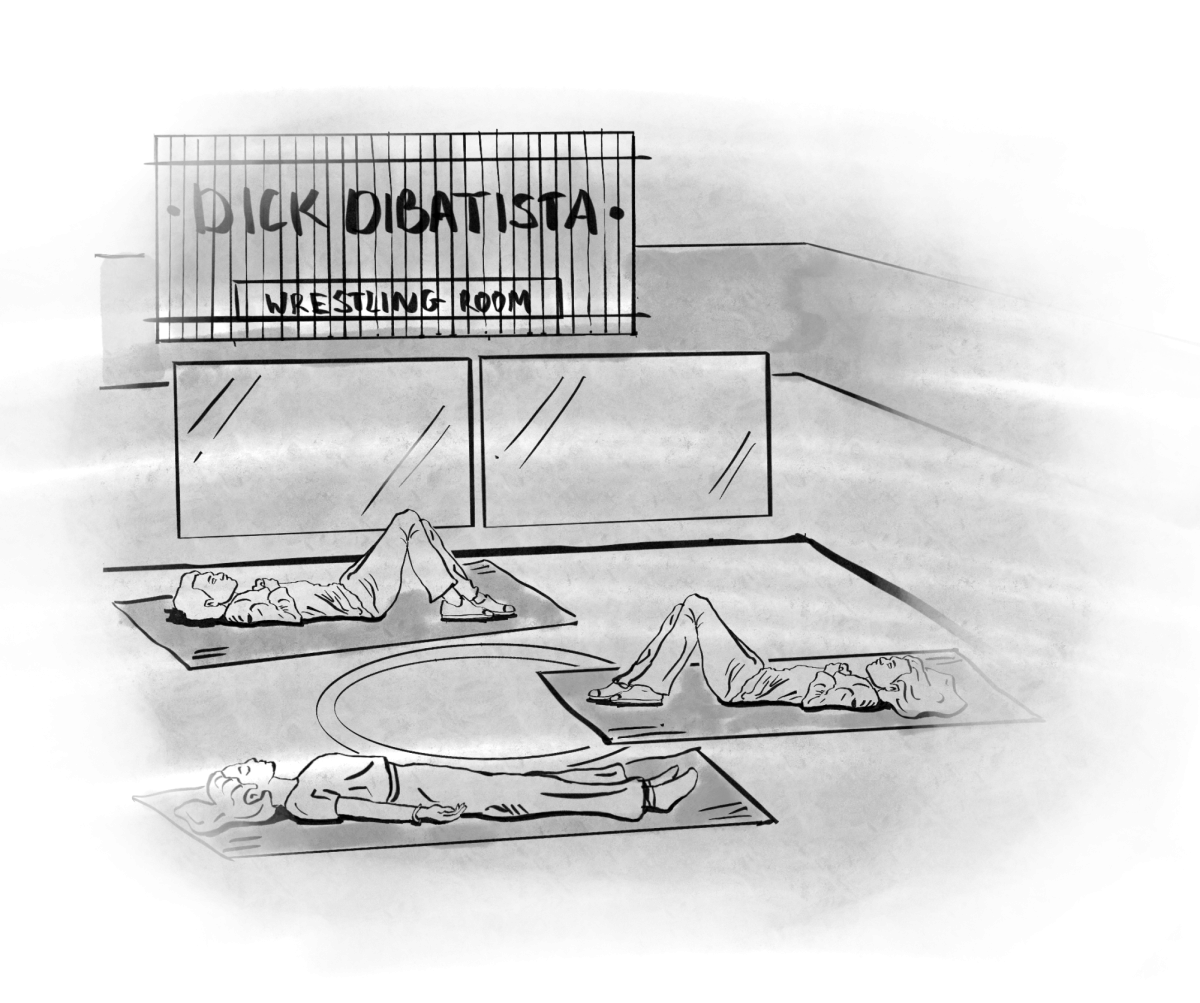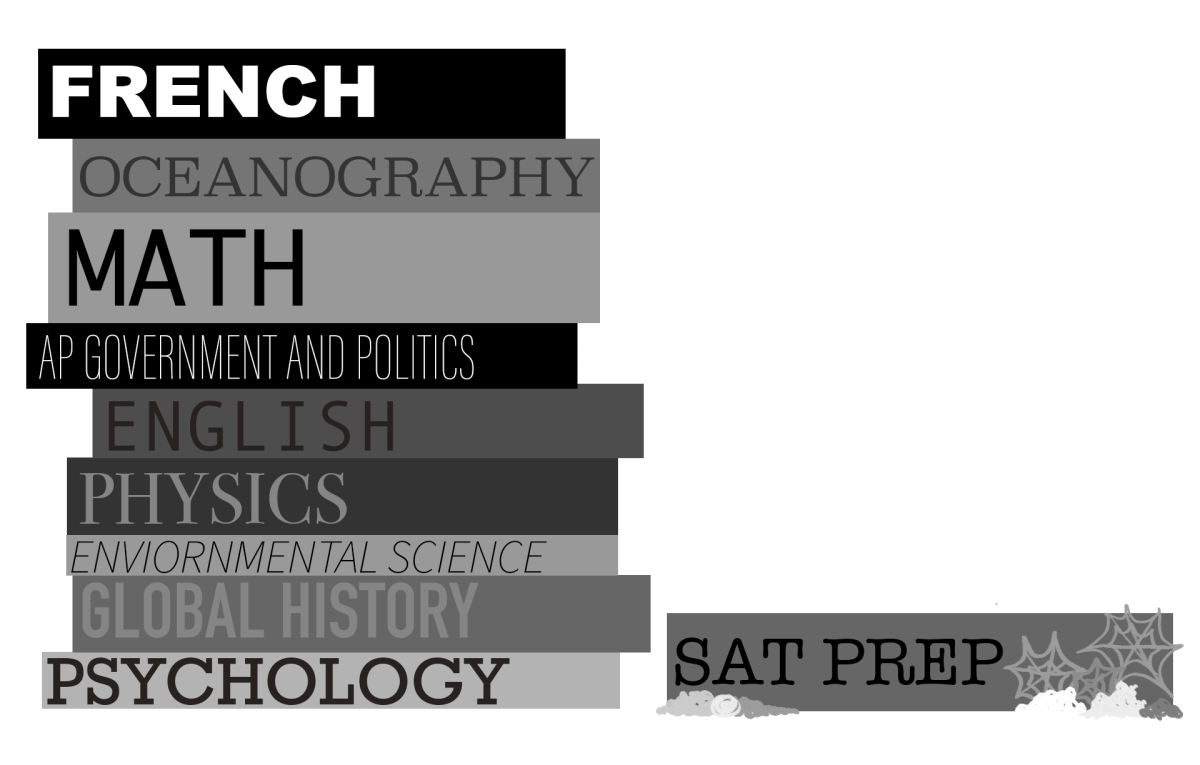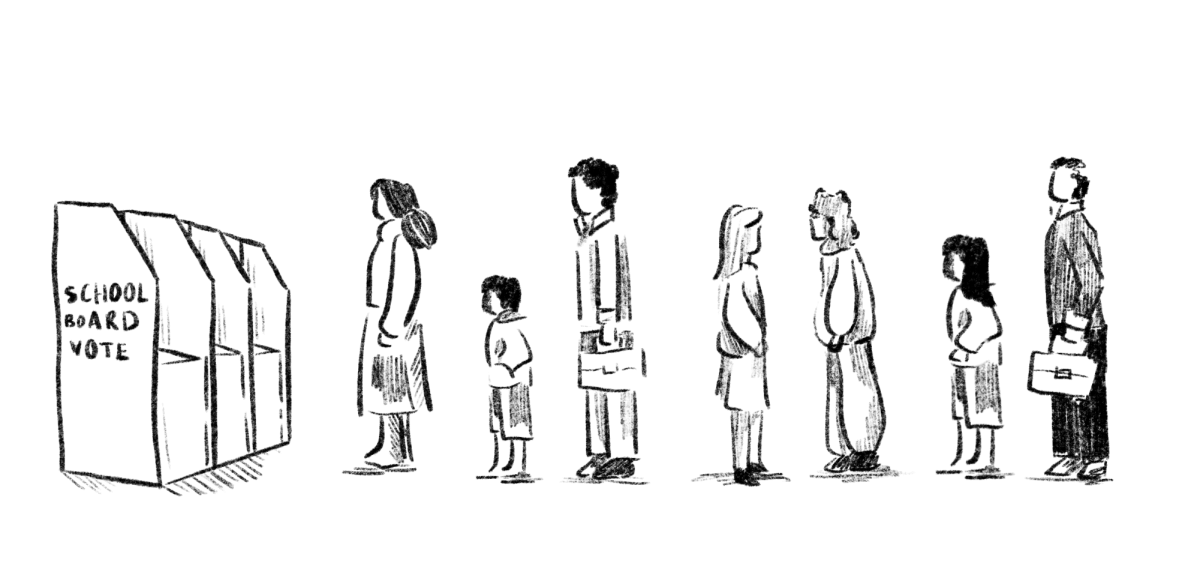Should schools have the right to punish student behavior outside of school on social media? What if they post vulgar or insensitive content? Where is the line drawn between school regulatory overreach and just disciplining of obscene behavior? Such questions have remained as one of the most fundamental yet unanswered dilemmas about the schooling system for the past half century, with school policy and Supreme Court litigation alike struggling to come to a definitive consensus on the authority of administrators to punish students for questionable behavior outside the bounds of the classroom. Yet in a matter of months, these questions may be unanswered no longer.
In a case that appears as amusing as it is unsurprisingly in character for high school drama, a freshman girl named Brandi Levy posted a Snapchat message from an off-campus setting fuming for being passed over for her school’s cheerleader varsity team, raising her middle finger and captioning “F*ck school f*ck softball f*ck cheer f*ck everything.” The cheerleader coaches, arguing that Levy had violated the team’s code of ethics, provisionally suspended Levy from the team, while also positing that student athletes must behave “in such a way that the image of the Mahanoy School District would not be tarnished in any manner.” Following Levy’s initiation of a suit against the district with the American Civil Liberties Union, the Supreme Court is now considering not only the question of whether students can be punished for what they say beyond the walls of school, but also implicitly whether that holds true for bullying, discrimination, and harassment.
As declared under prior Supreme Court precedent, while schools do have the power to regulate student behavior in general, it is subject to a litany of conditional cases. The landmark case Tinker v. Des Moines Independent Community School District, in response to student protests against the Vietnam War, established the criterion for which schools could infringe upon student 1st amendment rights, propounding that a student act must constitute a substantial disruption to the school’s operation for it to be punished. Subsequent SCOTUS cases have included further exceptions to the Tinker test, with Bethel School District v. Fraser allowing a school to penalize obscene sexual references and Morse v. Frederick granting the same amnesty to prohibitions of speech encouraging drug use.
However, as of yet, no Supreme Court decision has definitively split the difference on arguments for and against school regulation of speech outside of school. Indeed, this current case involving Levy seems to reflect the general opinions of most school districts and students, respectively, in that the former have consistently applied regulation outside of school while the latter has by and large railed against it (see feature on page 5). With the additional dimension of social media to navigate, this new case presents stiff new complications for the Supreme Court to untangle in order to establish a new precedent for off-campus regulation of speech that can be uniformly applied for future scenarios.
In the opinion of The Merionite, the Levy case boils down to two essential questions: (1) does Levy’s speech constitute content that either disrupts school operation or advocates for illegal activity, and (2) does the school have the ability to enforce its rules outside of its technical boundaries.
In regards to the first query, while the Tinker test does set strict parameters for school intervention in student speech and for good measure, the ensuing SCOTUS opinions have set a broader generalization that delimit school regulation to the repercussions and criminality of the student’s speech, not the underlying opinion itself. Nevertheless, it is our opinion that, under existing Supreme Court case law, Levy’s action did not constitute a severe disruption to school operation nor did she encourage an illegal act of her peers. While it is worth noting that coaches observed some of Levy’s acquaintances to be “visibly upset” and considered her post “inappropriate,” her action ultimately did not pose a disruption to the actual functioning of the team nor a targeted attack against her peers—again, assuming we are governed under SCOTUS precedent.
Secondly, does the school have the right to punish a student for behavior outside of school? Ask any school district administrator and they will likely affirm in the most resolute of terms. But poll the student body and you’re wont to receive a more mixed response. Under official Supreme Court doctrine, the answer is likely “no.” In the Morse decision, Chief Justice Roberts was clear in specifying that “school speech” in the domain of the school or at a school event promoting illegal behavior is punishable, but left unanswered whether that applies to actions between student parties outside of school. Whereas one could argue that a disruption to a school environment could include the harassment and bullying of students outside of school, under the technical definition as it stands in Tinker and Morris, the strict application of “school speech” precludes most counterarguments from even reaching the bench—and most of the justices seem to stand in unison behind this belief. Yet this standard is completely oblivious of the primary duty a school has to its students: the preservation of their safety.
Whereas in 1969 when the Tinker opinion was first issued, threats like cyberbullying and online harassment seemed to be conjurations of an unrealistic future, today these hazards come a dime a dozen and pose serious dangers to student health and educational success. It’s shocking (but also not really) that sixty percent of teenagers have experienced some form of cyberbullying in today’s digital world, a statistic that would never have crossed the minds of Supreme Court judges inscribing on parchment paper five decades ago. The fact of the matter is that the antiquated definition of “school environment” fails to capture the reality that students are living through today—whether seeing racial epithets on social media or being socially degraded on online forums. A student cannot learn to the best of their ability if they are constantly being bullied or marginalized, and if three out of every five students are feeling the weight of such insecurities on their shoulders every day, we think all of us can agree that such constitutes a “substantial disruption” to the school’s operation. In fact, the results of a survey sent out to the LM student body demonstrate exactly that, with students who offered their opinions by and large arguing that those who impede upon the safety of other students should be subject to school regulation, even as the vast majority of students were against school regulation of off-campus social media usage. But even with the more recent SCOTUS decisions on the subject, nowhere is it made clear that student bullying, harassment, marginalization, or discrimination outside of school is included in an educational institution’s purview to punish.
Clearly, the problems aforementioned speak to issues far greater than what the Levy case directly addresses, but this particular moment also bears an invaluable opportunity to correct rigid past precedent and set the record straight on what constitutes disruptions to a school environment. With the justices appearing to be inclined to side with Levy in line with the lower court decisions, the trend in the judiciary’s recent decisions regarding cases of free speech has gradually been shifting in greater favor of student free speech as opposed to school regulations. While student 1st Amendment rights are certainly worth protecting, it should be clear that there are boundaries to what a student can do or say outside their direct political messaging—and it is incumbent upon the justices in the upcoming case to make that clear by redefining the terms for school engagement of student behavior off-campus, including social media usage. Instead of taking the easy path and only examining the question of whether Levy’s commentary constituted “school speech,” start by defining what “school speech” and a safe school environment is in the first place. Failing to do so could mean untold more students being demeaned and bullied outside of school with the full backing of the law.
With regards to the Levy case itself, there are certainly other caveats to take into consideration, such as whether extracurricular clubs and athletic teams have the same limitations on their authority as do school administrators, and whether school code of ethics should factor into the promotion of a safe learning environment. But the most critical takeaway from this particular suit should be in resolving the decades-long dilemma over the relationship between the school and a student outside of the classroom. Instead of viewing this association as a dichotomy between the censor and censored, we as the student body, as well as the Court, should instead see the school and the students on the same side, for student free expression need not be at odds with their safety.
Unsigned editorials reflect the general opinion of the staff and not the opinion of any single editor.





